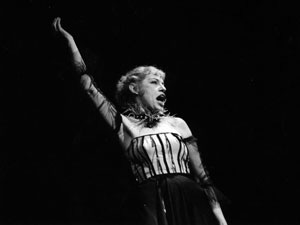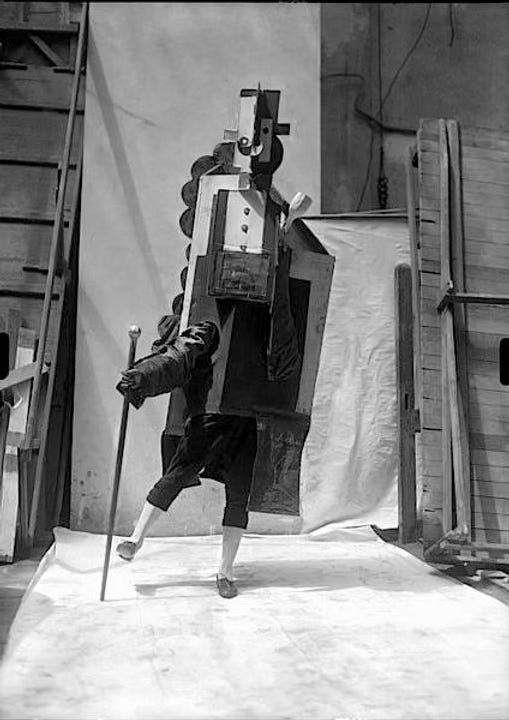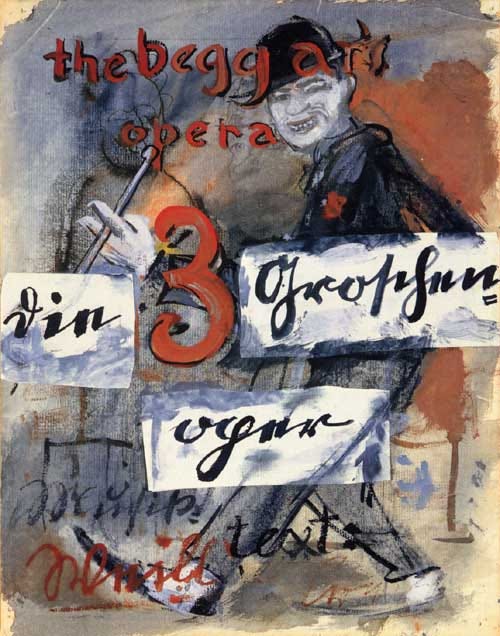(In my last post, I wrote that we were catching a midnight ferry to Helsinki, but I can find no sign that such a late ferry existed. After many hours on the bus, it might have simply felt that late, and in reality could have set sail as early as 9 pm, when the sun sets in late September in Sweden, and the stars come out to shine.)
We were finally at the ferry in Stockholm that would take us to Helsinki, but when we stepped aboard, I felt like we had landed in the wrong movie, boarded the wrong boat, or the wrong planet. The moment we entered, all sense of being on a boat vanished. A narrow, high-ceilinged hospital-white interior was masquerading as a posh night club, with what I recall as red and green lights pulsing to manic music like stoplights gone berzerk, and a high-hung chandelier that looked like someone had raided a costume jewelry store. Someone had an idea of what a good time should look like, but all my instincts said run. The problem on a boat is there is no place to go.
There was a spiral staircase leading up to a terrace over the bar, with a traffic jam of people with drinks in their hands going both ways. I hung close to Bob to follow his lead, expecting him to turn and split at any moment, but he was game. Teen-age girls in mini-skirts wobbled in their stilettos, keeping an eye out for any boys approaching. It might have been a private party, it was hard to tell. Maybe someone was getting married the next day. It had the awkward feeling of a high school dance, the music was terrible, the room was getting more crowded by the minute, but somehow Bob was willing to risk the inevitable onslaught of fans. Of course, knowing he had Victor and Big Jim close behind on defense helped.
He was grinning, curious, engaged as if watching a film that he could step into, and enjoying the sight of the girls hanging out with their mermaid-hair and their high heels, looking like candles waiting for a match.
A band started to play as the chandelier dimmed. Jim was doing his best to keep people from bothering Bob, but as the crowd got denser and we finished our second drinks, Bob finally asked Victor to take us to our state room, the Captain’s quarters he had so kindly offered. Much bigger than I’d expected, finished with gleaming wood details, it looked out over the prow like the third eye of the ship, and the potted palm even looked like eyelashes below the venetian-blinded window.
I began to understand that despite the vulnerable position his fame puts him in, Bob is inspired by the unexpected, the spontaneous, the tacky, the crude, the idea someone couldn’t get quite right, every bit as well as the sublimely inspired; he sees the majesty of broken dreams as well as the ones that came true. I also got the feeling from being with him that he sees a lot more of the world as circus and side-show than most people, who take it all too seriously. As the tour went on, I got the thrilling feeling that he views life and its surprises as a dialogue with his creative partner, the highest divine muse, the ultimate collaborator, constantly challenging him to make something together that has never existed before.
I had always thought of Bob Dylan as an artist who works alone, but how would we know if in fact he feels the presence of the one who numbers every grain of sand, and is in constant dialogue with it? Is not the Creator an artist at heart, looking for collaborators to co-create with? Collaboration does not just add two creative powers together. History is full of proofs that collaboration has some kind of mystical ability to multiply exponentially the creative power of the individuals involved, so that otherwise impossible-seeming realities actually happen, delivering something that was destined to be, by collaboration’s power of synergy. It need not be between two human beings, especially if someone is able to believe that they are working with a consciousness, a spirit, or even God, something a truly religious person might feel. But whether it is with a human or a mystical force as collaborator, synergy is there.
Bob knows all about the synergy, for instance, of Bertolt Brecht and Kurt Weill that produced an earthquake in theater with “3Penny Opera.” And I’m sure he’s familiar with the genius director of the Ballets Russes, Sergei Diaghilev, who knew that collaboration with other artists would have an explosive force, creating new concepts of performance, and brought in Picasso to design costumes that turned out to be danceable cubist sculptures for Leonide Massine’s 1916 ballet, “Parade.”
The more I thought about it, the more I was sure that what most people gloss over as the wallpaper of life, the stream of random circumstance not worth their attention, Bob is watching like he’s listening to his partner in the creative workshop called the World, who is saying, “Now here’s something we haven’t tried…what can we make with this?”


We pretty well collapsed into bed. It’s amazing how tired you get doing nothing all day but riding on a bus down the highway. Bob read some pages from the Bible he kept by the bed. We were too exhausted to talk, but had enough energy to linger in the zone between sleeping and waking, the open portal that could lead to more clues about simultaneous time – a research only possible in total relaxation and trust. Since there was no way our connection could manifest in the “real” world, this was the field we could lie in and get lost in, among the stars, out beyond the confines of linear time, where past, present and future are all equally welcome at the party – without prejudice about which is more real than the other.
We slept, limbs draped over each other and relaxed as Bill Evans’ gentle piano on “Peace Piece.” We connected through simple presence, as if old old friends, in tender silence. If Bob was after sex, he knew where he could find it. We were tuned into another kind of quality, not an event, but a state. As Miles Davis, Mozart and Debussy all said, in practically identical words, “Music is the space between the notes.” My place with Bob in was that space. There was no story line, no hard reality, no projected future, no answers to “Where does this go?” All our moments together were more like a series of dreams.
In the morning, after breakfast, I thought I should make myself scarce, take a walk around the boat, let him have time alone. The mistake I kept making. In the hallway, one of the back-up singers saw me and stopped to chat. She had heard I was giving Bob massages, and asked if I could come by before lunch and give her one, too. I didn’t want to be disrespectful and turn her down, so I said, sure. When I got back to our room, I told Bob and he got upset. “You’re here for me, not for her. She knows better than to ask you that. You don’t have to let her know, she already knows you won’t be coming.” (I had no idea at the time that this singer, Carolyn Dennis, had gotten married to Bob secretly a year previously, in June 1986, because she had had a daughter, Desiree, with him, that January. Neither she nor he gave me any hint of this fact.) “…and where were you, anyway? You’re supposed to be with me.” I still had trouble believing it, as I was perpetually thinking of his need for peace and solitude.
I had seen him with his legal pad on the bus, but that morning on the boat was the first time I saw him writing on it. He had written a long stack of short lines, and I started to gasp at the thought this was a song being born before my eyes, like I was seeing the Holy Grail. Luckily, I caught myself before I slipped into my alter-ego, The Fool. After that, I noticed the writing pad was always at hand, on the table or under his arm as he went looking for a secluded spot to write in, while wanting to be out of the hotel room. The stream, apparently, was always flowing, whether a trickle or a torrent, and he was always ready to catch it.
That readiness you could feel emanating from him, mixed with his body heat, his breath, his energy field, like a subtle hum that never stopped, and even when he slept, it was still there, though quieter, like the hum of a loom, weaving his dreams, dreams he sometimes described upon waking, with a single, mysterious image, then lay a while in silence, pondering.
I read once that the act of listening produces a vibration, like sonar, that must exist before hearing can happen. Maybe the humming I sensed around him was just that, the frequency of his listening… to Creation, perhaps, through all his senses, hearing not only what is present but what lives in their own timeless present in the thousands of books, films, paintings, songs and poetry he has taken in and are now living inside of him. And, astoundingly, remembered in great detail.
For several hours on the ferry there was no land in sight. When you can’t see the land, you can’t tell the size of the body of water you’re in. It could have been the Atlantic Ocean we were crossing. It was magnificent to feel the vast flat surface of the sea, like a virgin surface, a blank page on which the next chapter is about to be written. It was purifying to stand on deck and feel the salt spray from the bow land on my face. The joy, the miracle, the mystery of being on this adventure with Bob Dylan was like being suspended in mid-air in that spray, on a magic carpet that might land anywhere anytime, and the dream would be over.
But the moment I worried about that, I saw in my third eye that pale blue light up ahead, reassuring me that if I could trust, and keep going, the reason I was here would become clear.






This post blows my mind!
You have eloquently described something I've never read but imagined about Dylan. Few women have dared to let the light shine into this interior space of time, intimacy, and creativity with him in a way that's personal and hard to articulate. You are doing something that seems verboten in the Dylan sphere which is to merge the artist's life and his work. Because this has never been part of the conversation about him you seem literally to be in uncharted waters but with a life jacket, unafraid of silencing your experience. This is not a Bro conversation or an intellectual dissertation on his work. As a woman artist who is fascinated by his creative process my takeaway is his process is NO process. He's a guy walking through life, love and art without a hierachy of judgement about it and let's the river flow. You have added something missing in much of the male conversation about Dylan. I would love to hear a conversation with you and Laura Tenschart of Definitely Dylan. You're adding a missing piece of a broader conversation that's never been had. Thank you!
I agree with Julie (and all the others who have commented): this is an endearing and enduring testimony, and I think it will stand alongside some of the famous accounts of great writers by those who knew them (Hazlitt on Coleridge and Wordsworth; Walton on Donne and Herbert; John Forster's Dickens, perhaps even Boswell on Johnson). As you acknowledge, there is a question of breach of trust or perhaps simply decorum, and I'm intensely aware that my mentor and friend Christopher Ricks, in his magnificent critical book *Dylan's Visions of Sin*, scrupulously avoids writing about The Life and writes only about what Dylan has written and sung. But his is a different perspective and his involvement with Dylan has been professional and professorial. We have no proper written portrayal of Shakespeare by anyone who knew him, and in one sense perhaps his reputation has benefited from the sheer mystery. But the mystery of Dylan isn't likely ever to be thoroughly understood, and after all, he has chosen to make his vast archive available, which must signal to some extent that he knows he doesn't belong only to himself. Anyhow, this is a fascinating read.